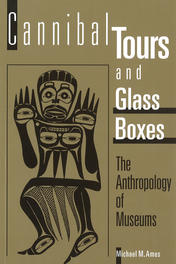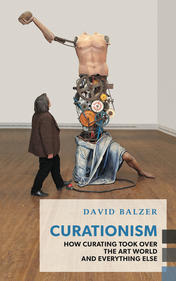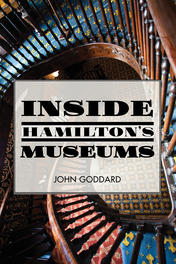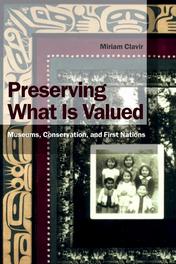Museum Studies



Three Canadian Heroes: Keefer, Hartshore, McFarlane
Hamilton needed fresh, clean running water. In the mid-1800s, residents still drew water from five community wells for drinking, cooking, and washing. They hauled it by hand in buckets or paid to have it delivered by horse-drawn cart. With no handy water suupply, they could not dampen the city’s unpaved streets. Every passing carriage tossed up swirls of dust that settled again over furniture, clothing, and fruit and vegetable stalls, and got drawn into the throat and lungs. Fire posed a chronic threat. Wooden shops and houses periodically went up in flames, and all that firemen could do was pump water by hand from horse-drawn trucks, or form people into lines with pails to toss water at the blaze.
Worst of all, when immigrant ships docked in the busy port, infectious diseases spread to the harbour’s outhouses and into the city’s groundwater. The wells turned into transmission sites for deadly diseases, including dysentery, typhoid, and especially cholera. During a single eight-week period in 1854, cholera killed 552 people out of a population of twenty thousand — one in forty residents.
Nobody knew about germs and microbes, but they knew that their wells were tainted and that they needed a clean water source. They knew that to transform Hamilton from a disease-ridden firetrap into a city with a future they needed a means to pump water from a nearby river or lake. A waterworks would be expensive to build at a time when the city was overextended with railway construction. It would also be technologically daunting at a time when nobody in North America had ever tried to forge castings as massive as those needed for water-pumping steam engines. But civic leaders persevered. They had to. They gathered the brightest talents they could find and set them to work, and in 1860 Queen Victoria’s eldest son turned a handle to start two of the biggest steam engines ever built to that time in North America.
“They move with great smoothness, and are very well finished, ” one reporter said of the machinery in 1860.
“The best engine house in the country, ” John A. Macdonald, attorney general for Canada West and future Canadian prime minister, said on a tour of the works in 1859. “The best piece of hydraulic masonry to be seen anywhere, ” the Canadian Illustrated News said of the building in 1863.
Credit fell mostly to three genuine Canadian heroes. In their drive for technical precision and civic beauty, they not only built a waterworks but also set a national standard for industrialization. Chief engineer Thomas Keefer designed the system and oversaw its construction. Foundry owner John Gartshore oversaw the forging of the giant boilers and engines. James McFarlane helped forge the machines, took charge of installing them, and for the next fifty-one years kept them running.


We Are Coming Home
"I brought a sacred headdress to an aaawaahskataiki (ceremonial grandparent) of the women's Maotoki society. Before leaving the museum, I had stuffed the headpiece with acid-free tissue, carefully folded the trailer around more tissue, and placed the entire piece in an acid-free archival box, padding out space with yet more tissue. When I brought the package into the elder's home, she gased with horror. The tissue was rapidly discarded and the headdress was rolled tightly, wrapped in a cloth, and secured with twine. It was, in fact, swaddled, much the way a newborn baby is enclosed for care and protection. Here, again, was an alternative way of understanding what these sacred objects are and how they should be cared for. Over time, I have also come to appreciate that the use fo these items is not detrimental to their well-being. In fact, their participation in ceremonies keeps them alive and vibrant."


